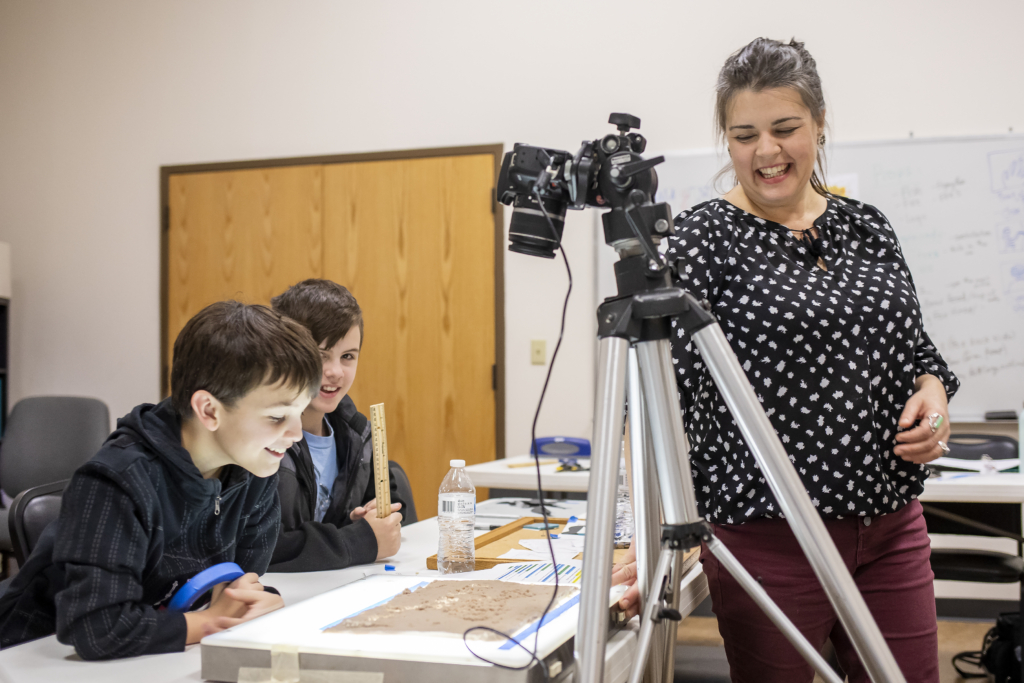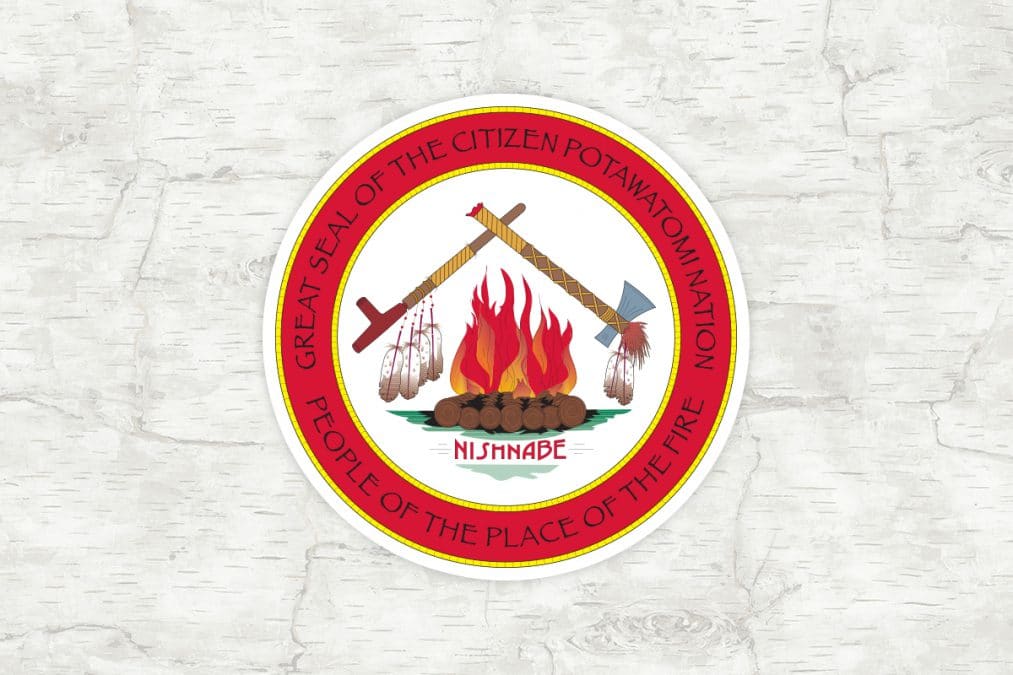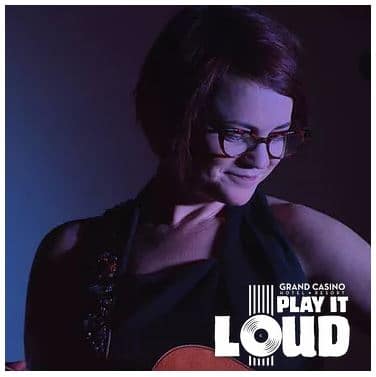This episode focuses on art and history. We’ll hear from an Oklahoma folk musician and a stop-motion animation artist with new work on Netflix. The Director of CPN’s Cultural Heritage Center also discusses the history of the 1936 Oklahoma Indian Welfare Act.
Tribal artist animates scene for new Higher Ground Productions children’s show
Stop-motion animator Nicole Emmons hit a career milestone in March when Netflix released a new children’s show with a scene she filmed. Waffles and Mochi features the self-titled characters who travel the world learning about the history and uses of different foods.

“I’ve gotten to work as an animator on a lot of other people’s productions, but to have something that I had such a creative hand in, like as a creative person, that was just really, really thrilling and just kind of made me realize what the possibilities are. And I think it just makes me aim higher,” Emmons said.
Watch Waffles and Mochi on Netflix. Find Nicole Emmons online at nicoleemmons.com and on Instagram at nicole_emmons_animation.
Oklahoma Indian Welfare Act of 1936 set path for tribal sovereignty
The Oklahoma congressional delegation passed the Oklahoma Indian Welfare Act 85 years ago in June 1936. It was drafted as an amendment to the Indian Reorganization Act of 1934, which changed federal policies of allotment and assimilation to ones of self-determination and self-agency in regards to Native American communities. Oklahoma was originally left out of the IRA due to widespread allotment following land runs and the establishment of the area as a state. Citizen Potawatomi Nation Cultural Heritage Center Director Dr. Kelli Mosteller sat down with Hownikan Podcast to discuss the act’s history and lasting impacts.

“I really think that we were the kind of tribal community that really could benefit from this new organization of gathering ourselves together, writing this constitution. Getting back to where we are thinking about and talking about ourselves as a collective, as a tribe, as a unit and not being consistently pushed to only think about ourselves as the individual,” she said.
Find more CPN history, including information about treaties and other federal policies and their effect on the Nation, at potawatomiheritage.com.
The Native American Speaks welcomes musician Carter Sampson
And on this episode, we have a bit of a flashback with a clip of from the Native American Speaks, a former radio show from Citizen Potawatomi Nation’s Public Information Department and KGFF. It ran from 2006 to 2013 with host Michael Dodson, previous Public Information Department Director. In this clip, Dodson interviews CPN Greemore family descendant and folk musician Carter Sampson in May 2013.

In the years since this aired, Carter has released several more albums and appeared on the Grand Casino Hotel & Resort’s Emmy-winning Play It Loud music series. Following the coronavirus pandemic, she looks forward to touring again. Follow her on Facebook, Twitter and Instagram for the latest.
Listen to the full episode here.
Learning Language
It’s time for Learning Language, when the CPN Language Department joins us to teach vocabulary, songs, stories and more. Language Department Director Justin Neely now tell us a story about an old blind couple.
For more information and opportunities with language, including self-paced classes, visit cpn.news/language. You can find an online dictionary at potawatomidictonary.com as well as videos on YouTube. There are also Potawatomi courses on the language-learning app Memrise.
Hownikan Podcast is produced and distributed by Citizen Potawatomi Nation’s Public Information Department. Subscribe to Hownikan Podcast on Apple Podcasts, Spotify, SoundCloud and wherever you find your favorite shows. Find digital editions of the Tribal newspaper here.
